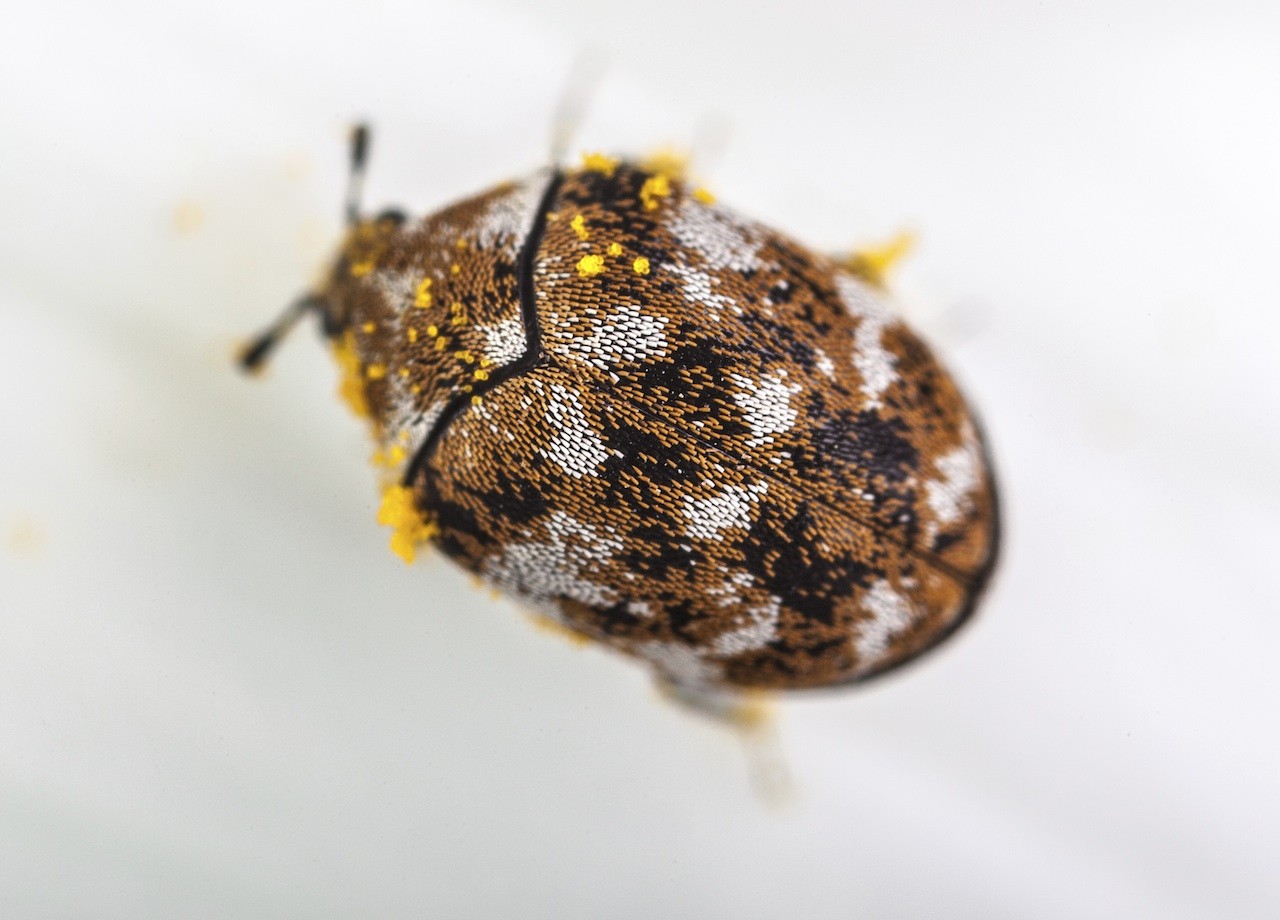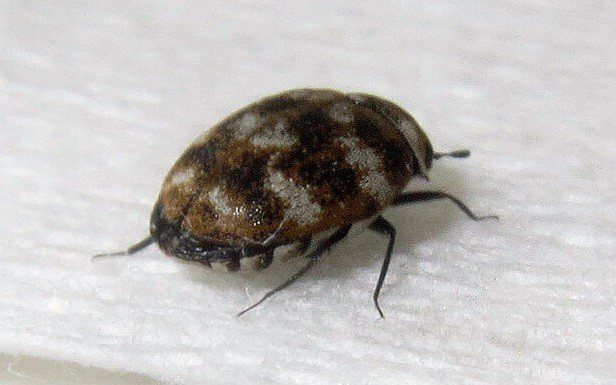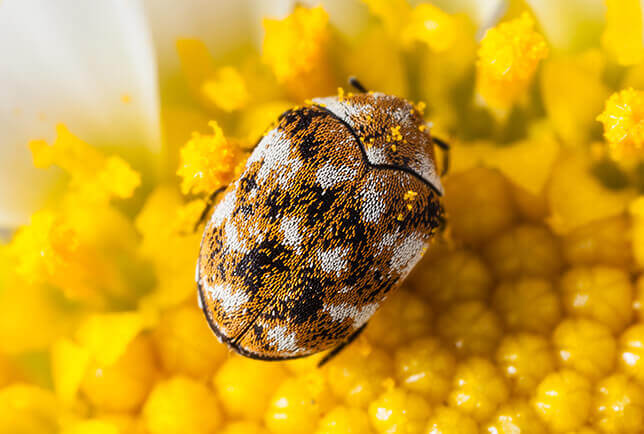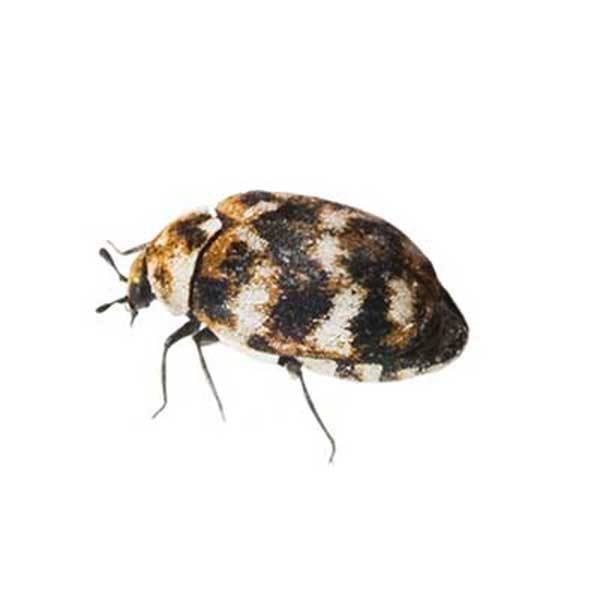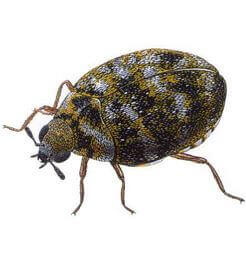It often goes unnoticed behind furniture or along baseboards where it feeds on such things as accumulated lint pet hair food crumbs dead insects and other organic debris.
Varied carpet beetle eggs behind baseboards.
They have a round spherical body.
Eggs laid indoors occur in lint accumulations near the food source in air ducts under heavy furniture underneath baseboards etc.
The carpet beetle life cycle starts with white eggs that are smaller than a grain of salt.
Vacuuming carpeting and washing your clothes and other fabrics frequently at least once every 2 or so weeks is the best way to prevent a carpet beetle infestation.
The black carpet beetle adult is larger a solid dark brown or dull black color and shaped more like a long oval than the varied carpet beetle photo at top of page.
Depending on the species each female can lay up to 100 white eggs or more that hatch in 8 to 15 days in warm weather.
Female beetles lay about 50 100 eggs on or near vulnerable materials.
These pests prefer warm areas like inside ductwork along baseboards or in hotel linen closets.
They usually hatch in one to two weeks.
Once indoors carpet beetles prefer to live in dark areas.
Adult carpet beetles lay their eggs in warm seasons over a period of several weeks.
Varied or black carpet beetles produce only one generation each year while other species are capable of producing up to four generations per year.
An adult female carpet beetle lays about 40 90 eggs that hatch into tiny larvae in one to two weeks.
Although carpet beetle populations can thrive outside female adults can lay their eggs indoors where food sources are abundant.
Adult females lay eggs on lint around baseboards carpet edges cracks in ducts of hot air furnace systems on mouse carcasses or in similar situations.
Therefore look for them at the edges of carpet around door casings and inside upholstered furniture.
To make feeding easy carpet beetles like to live near food sources.
Clean carpet beetle prone areas frequently.
If you have an infestation the first step is to understand where carpet beetles lay eggs.
Although varied carpet beetles are one of the two most common carpet beetle larval species to infest massachusetts homes these insects can go unnoticed for long periods indoors due to their small size and habit of nesting behind furniture where they feed on lint pet hair food crumbs dead insects and other organic debris.
Carpet beetle adults are attracted to light.
The carpet beetle is referred to as the anthrenus verbasci that grows from 1 7 mm to a maximum of 3 5 mm.
Treat spills and stains immediately as well.
Adult carpet beetles are small and often appear speckled or mottled.
Each female produces approximately three batches containing 20 to 100 eggs.
You can often find them under baseboards under furniture and in cabinets.
Food and sweat stains on fabrics can attract carpet beetles.
The varied carpet beetle larva is primarily a scavenger.
The larva is tear drop shaped and is covered with rows of light brown hairs.
The most prevalent and popular one is however the carpet beetle.

